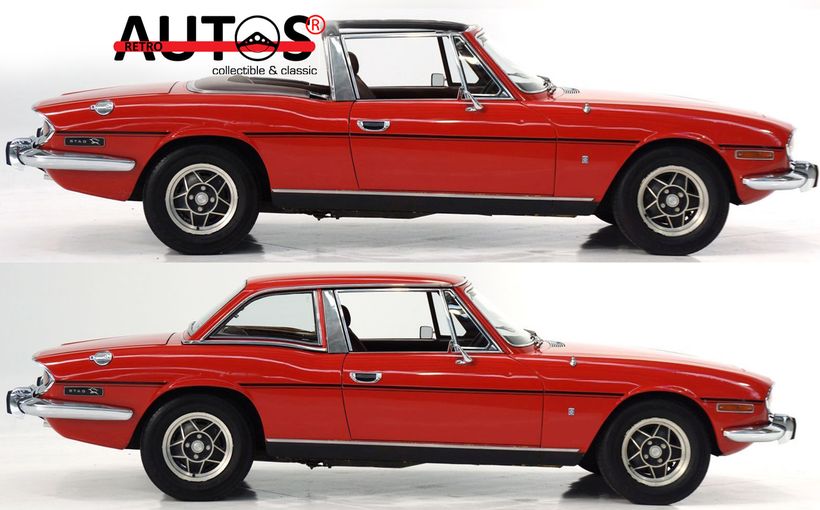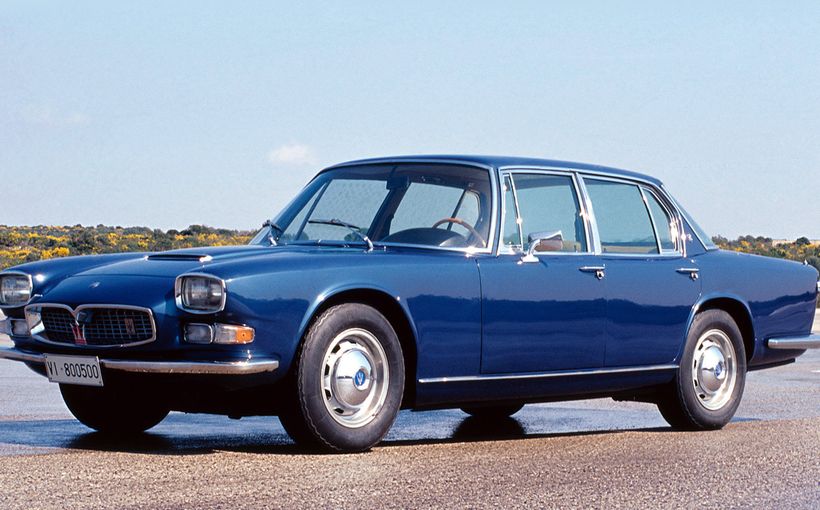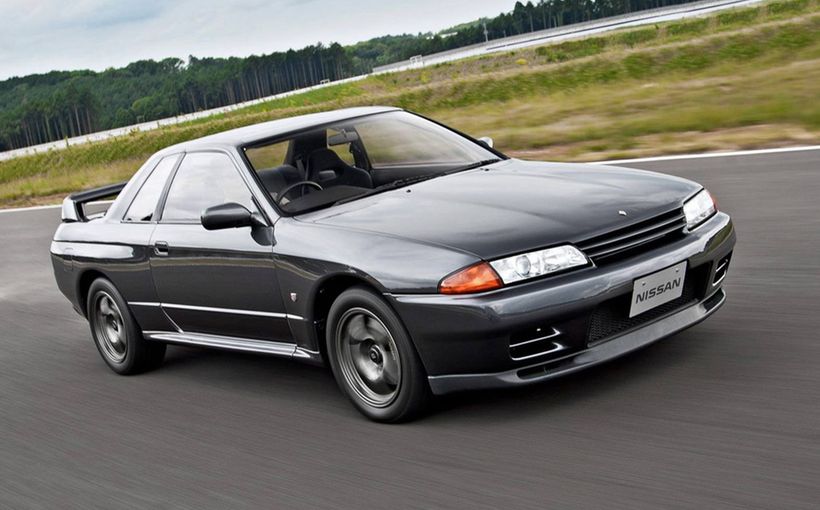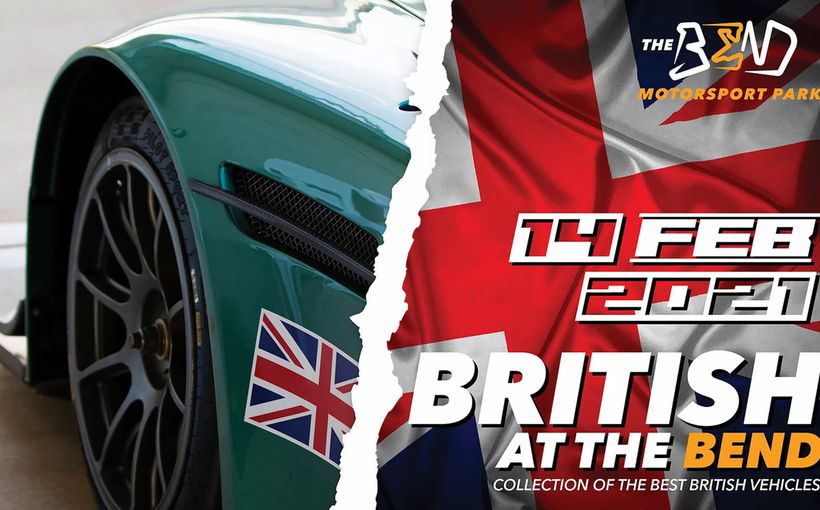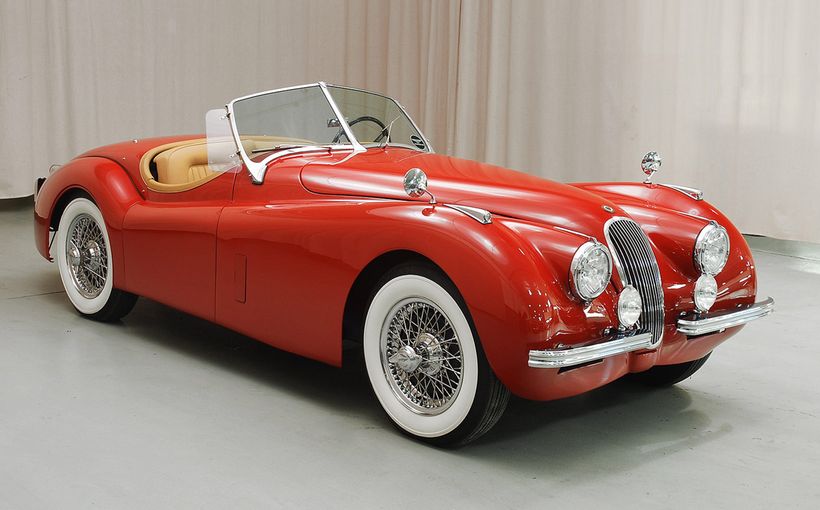Rover P6: Last of the great British bulldogs?

There is a case to be made that the Rover P6 of 1963 was the last truly great new car to emerge from the British automotive industry. (The Jaguar XJ6 came five years later, promising the world but built to a very low level of quality.) The P6 was initially available only as a 2.0-litre manual but both a twin-carburettor TC version and an automatic transmission were on offer by 1966. Then in 1968 came the V8-engined P6B. But the original Rover 2000 brought a new hope not only for Rover's home market viability but for exports, especially to North America.
The Rover 2000 was one of a pair of important new upper-middle class compact saloons that appeared at the 1963 Earls Court Motor Show. The other was the Triumph 2000. Somewhat remarkably, both used 2.0-litre engines and boasted plush interiors. Significantly, it is probably the least significant aspect of the coincidental lives of this pair that they shared the same beguilingly simple model name, ‘2000’. By 1968, Rover and Triumph were both part of the newly formed British Leyland where Triumph was the favoured marque of the two; the death of the British motor industry approached.
Although you'd never have guessed it from the joint billing of these two cars at the London show, the industry was already in strife. Some of the smaller independent automotive manufacturers – Lea Francis, Armstrong Siddeley, Allard and Jowett among others – had got out of the business or gone broke. Many others had been taken over by larger firms. In 1960, the year Armstrong Siddeley ceased producing its beautiful Star Sapphire, Daimler was swallowed by Jaguar.
In 1959 talks between Standard-Triumph and Rover had failed and each struggled on alone. But from that time Standard-Triumph management were aware that Rover had plans to launch a new 2.0- litre sedan in the early 1960s. In that same year work began on ‘Barb’, the proposed successor to the sedate Standard Vanguard. The new model would be called a Triumph, partly perhaps to benefit from the success of Triumph's sports cars but also because management was all too aware of the mixed messages sent by the name ‘Standard’. Dictionary definitions offered not only the older meaning of ‘elevated and upstanding’ (as in Cadillac's ‘Standard of Excellence’) but also the new: ‘opposite of de luxe’. Unsurprisingly, given such potential for misunderstanding, the very last of the Standards - paradoxically, an entry level Vanguard - was badged the Standard Ensign De Luxe!

Rover had taken a slow cooking approach to its P6. Work actually began in September 1956, more than a year before the debut of the big P5 3-Litre. If the elegant but slow 3-Litre was almost entirely consistent with the Rover brand values epitomised in the ‘Auntie’ P4 which made its controversial debut at the 1949 Earls Court show – traditional Rover customers thought its Studebaker-influenced styling vulgar – the P6 was always aimed at younger clients with perhaps a deeper interest in driving dynamics and advanced engineering.

The company was at risk of painting itself into a corner. Despite its cars boasting some advanced features, Rovers had consolidated a reputation for conservatism. These cars appealed to the professional middle class, notably doctors and stockbrokers. They had nothing of the Flash Harry appeal of a Jaguar. But they were more technically progressive than, say, a Humber. The P6 had to be unmistakably a Rover but also had to appeal to a more sporting-minded customer.

From the beginning its engine bay was designed to be wide enough to accommodate a gas turbine engine, technology with which Rover had been experimenting since the late 1940s. It seems that there was never a plan to power the compact new model with any version of the company's beautifully smooth six-cylinder engine. The six was too tall to fit beneath the proposed low bonnet line and probably too heavy anyway.
While, essentially, the Rover and Triumph 2000s effectively introduced a new market niche – the compact executive-class saloon – there was one interesting if deeply confusing British precedent on the question of whether to use a four-cylinder engine or a six at around two litres engine capacity. (In passing, I must mention that this very question was the subject of an experiment at General Motors Overseas Operations that led to the original Holden getting a six.) A major reason for the demise of Armstrong Siddeley as an automotive manufacturer in 1960 was the failure of its so-called ‘Baby’ Sapphire of 1955-58.

This gawky looking mid-size car was offered in two variants. The 234 used a four-cylinder version of the new Sapphire six-cylinder engine while the 236 got an updated version of the six-cylinder engine used in Armstrong Siddeleys from 1946 (Britain’s first all-new postwar cars). Both engines displaced 2.3 litres, hence the nomenclature. But the astonishing thing was that the 234 was the hot property with 120 horsepower and a top speed of 105 miles per hour. The staid 236 had just 85 and a matching 85 maximum speed.
Buyers should have been forgiven their confusion. The 236 was smooth but slow, the 234 fast but raucous. Neither hit the sweet spot of the DOHC six-cylinder Jaguar 2.4 Litre and subsequent 3.4.
Whether Rover management took any more notice of the Baby Sapphires than the buying public is doubtful. But there is no doubt that the most controversial engineering element of the technically advanced P6 was its use of a big capacity four rather than a six.
Even in 1963 any capacity much beyond about 1.8 litres was considered on the large side for a four-cylinder engine. Back in the early 1950s Riley was still using a 2.5-litre four in its beautiful RMS. Equally, few sixes were smaller than two litres, making the Standard Vanguard Six of 1960 somewhat unusual.
Nevertheless, it seems fair to suggest that in 1963 the engineering jury was out on this verdict when the new Rover and Triumph hit the streets, with manufacture of both only beginning in earnest in 1964. Because in-line fours are inherently less smooth than sixes, the trend has subsequently been towards the Triumph approach. With only 90 horsepower, this was not a huge issue but there was no question that the Rover’s SOHC four was comparatively harsh. The difference between these two was not as marked as in the case of the two ‘Baby’ Sapphires because the 234 had a third more horsepower. Mitsubishi was one manufacturer to make a larger four and used balance shafts to achieve the required level of smoothness for its 2.6-litre Astron unit as seen locally in Sigmas and Magnas. Even so, the four was soon dropped in favour of a V6. With more advanced technology (including turbocharging) there have been more examples of relatively large fours, including the wonderful Ford EcoBoost 2.3-litre used to great effect in the last Ford Falcons but never appreciated by the market.
As late as 1963 90 brake horsepower was still deemed sufficient for a sturdy compact sedan. Witness the all-new Holden red sixes of the same year: the 179 version with 115 bhp was hot news indeed!
Spencer (‘Spen’) King was involved as a senior engineer on the P6 program from the start and, from 1967 (when Rover was effectively swallowed by Leyland) also with the Triumph that started life as ‘Barb’. He is on the record as saying:
I think both of them had their failings. I think the Triumph engine was beautifully smooth, more refined than the Rover four-cylinder engine; I do think that the Triumph engine was very superior.
To what (if any) extent Spen King expressed these misgivings at Rover management meetings is unclear. But it is obvious that the engineers hastened about the process of giving the P6 more performance. The heavier Rover had slower acceleration than the Triumph or, for that matter, some of the less expensive mass market offerings such as the Ford Zephyr Mark III, Vauxhall Cresta and Humber Sceptre.

Experimentation on a six-cylinder version of the engine led to the stillborn Rover P7 and work was also done on what would have been a unique five-cylinder unit. But then the engineers found that they could extract 124 horsepower by hot-rodding the four with higher compression ratio, a new inlet manifold and twin carburettors. The unimaginatively named 2000 TC hit the market in 1966. Management had thought to offer two variants, a more or less standard car with the more powerful engine and a 2000S with wire wheels and other goodies, but in the end there was just one 2000TC. (Fascinatingly, dynamic AMI boss, Ken Houghton, who facilitated the assault by a team of works Triumph 2000s on the Bathurst 1000, introduced a more powerful version of the Triumph complete with chromed wire wheels and chromed rocker cover. This was the MD for Managing Director!)

Arguably, Triumph had covered the marketing aspects more thoroughly. From debut its car could be specified with overdrive or automatic transmission. And, while Triumph boasted of comfortable seating for five rather than cramped accommodation for six, Rover limited seating in a ‘lavish, 4-seat continental-style GT interior’. Rear legroom was minimal and the boot was so small that an option of mounting the spare wheel on the bootlid was soon offered.

Also in 1966 came the option of an automatic transmission. Bolting a three-speed slushbox behind the 2.0-litre four made for truly sluggish performance, reminiscent of the similarly optioned Jaguar 2.4 Litre Mark 2, while the rival Triumph with superior low-rpm torque handled its self-shifting transmission with more aplomb.
This gets us closer to the heart of the Rover 2000. Despite its failure to equal the Triumph's acceleration times or to front up at Mount Panorama, in the final analysis this was the more dedicatedly sporting model. Shaped from the start to cleave through the air, the Rover could approach 105 miles per hour on a long stretch, while the Triumph never seriously threatened broaching the 'ton', except in blueprinted guise down Conrod Straight.
Having had the joy of owning one P6 and two of these Triumphs, I can testify that the Rover was one of the finest interstate cruisers I have ever driven. Sure, mine was a 3500 automatic, but I have no doubt a manual four-cylinder car would have been almost equally impressive under the same conditions. By comparison, the Triumphs – even my automatic 2.5 Pi – felt more ordinary, far less tactile. They rode quite well but not in the almost Citroen-esque fashion of the Rover.
The Rover's handling was better. While the Triumph could boast independent rear suspension, it was a crude arrangement. Spen King again:
I think the rear suspension of the Triumph wasn't all that good. It was faulty, for two reasons. The basic idea was not bad at all, but the driveshaft splines could lock up and never let go. There was also too much swing axle effect. The angle of the semi-trailing arms was such as to give too much effect. To improve it you would have had to alter everything.

Rover's advertising – especially in the US – was brilliant. Sales never met expectations and Rover withdrew from that market in 1971. But a seriously clever ad appeared in August 1965 (the year of Ralph Nader’s Unsafe At Any Speed). Parked outside the White House were three Rover 2000s bumper to bumper. The slogan read: ‘To Whom it May Concern: Does Your Government Intend to Walk Until 1967?’ It was a response to the US Government’s list of safety features that would be mandatory in the 38,000 cars it planned to buy in 1967. Naturally, the Rover had them.

The TC variant offered stronger performance but Rover management wanted even more. In 1963 managing director William Martin-Hurst was visiting Mercury Marine at Fort du Lac, Wisconsin, on a mission to see Rover engines for marine applications. There he spotted a compact V8 engine. It had come out of a Buick and was going into a boat. Martin-Hurst learnt that this 3.5-litre unit had gone out of production after just three years. When measurements proved it would fit not only into the engine bay of the big P5 but also that of the P6 he was determined to buy the rights to it.
Known as the ‘215’, this aluminium V8 was announced in 1960 and was fitted to the Buick Skylark, Oldsmobile Cutlass and Pontiac Tempest. Production ended in 1963 with more than 750,000 having been produced. There had been casting problems, which convinced General Motors engineers to produce the engine with two fewer cylinders in cast iron.
Oldsmobile produced its own version of the engine and even turbocharged it for the Cutlass Turbo Jetfire, generally said to be the world’s first volume production turbocharged car.
Because the engine was no longer being used, it was presumably not difficult for Rover to negotiate a favourable deal for production rights. The company got the Buick version.
Rover negotiated production rights in 1965 and applied some innovative thinking. The cylinder block was cast in sand. Press-in cylinder sleeves were used, obviating production problems which had led to a high rejection rate which was the main reason GM had abandoned the engine after three years.

But the story gets more interesting. Lowdown torque was always a US priority but for Rover’s purposes more top-end power and a higher rpm range were in order. Rover engineers, under the supervision of Buick’s former chief engineer Joe Turley, gave the ex-Buick V8 a major workover with higher compression, a new inlet manifold to suit twin SU carburettors and a manual choke.
Nevertheless, this lovely engine did not show itself to maximum advantage when running though a three-speed automatic transmission. Tall overall gearing made for poor acceleration from a standing start but effortless highway cruising and great overtaking when kicked down to second. But around town the Rover 3500 was notably less lively than the HQ Premier 253 automatic I sold in order to buy it. In summary, I liked the car itself so much, I didn’t care about the ordinary performance below about 80 km/h.

The P6 Mark II was introduced in 1970 with a minor facelift. The new grille gave the car a more aggressive, but arguably less elegant appearance. As is so often the case, the original was the purest and best. (I could invoke the HQ Holden mentioned in the previous paragraph.)
In 1971 the Rover 3500 – originally known clumsily as the Rover Three Thousand Five (but I have only ever seen that name in books!) – was finally offered with a manual transmission as the 3500S. It took almost eight years before the brilliant P6 achieved its real potential as one of the best sports sedans in the world and, arguably, the last truly great British car.





